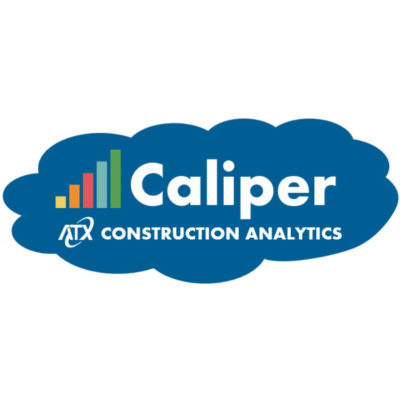For Community Development Financial Institutions (CDFIs), strong data insights have always been critical. From measuring loan fund performance to meeting compliance requirements and demonstrating impact to funders, the ability to harness data effectively can make all the difference. Yet, many CDFIs face real challenges when it comes to implementing Business intelligence (BI) solutions: limited IT staff, constrained budgets, or difficulty maintaining complex infrastructure.
There are several ways to establish advanced reporting at organizations, our recommended approach is the combination of an agile data warehouse with a BI tool (like Power BI or Tableau). This model allows organizations the most flexibility and scalability when it comes to data infrastructure. As CDFIs know, reporting requirements and program needs are constantly evolving. Access to a data environment that can evolve with your needs is critical to ensuring the long-term value of investment in data infrastructure improvements. This model is illustrated below.
There’s no single path to successful BI deployment. Depending on your resources and goals, there are several approaches available that can allow your organization to better leverage the data you collect every day. In this blog, we’ll break down three options—Custom BI Solutions, Managed Data Services, and Fully Managed Analytics—and help you identify which approach might be the best fit for your team.
Option 1: Custom BI Solution
Description: End-to-end infrastructure maintained by internal team

- Who it’s for: CDFIs with strong internal IT or development capacity. For this approach organizations will need internal staff to manage both the technical data infrastructure as well as the front-end reporting tool.
- Key features:
- Infrastructure licensed and maintained in organization’s own environment
- Integration pipelines between systems and the data warehouse are maintained by staff
- Flexibility to tailor reporting, dashboards, and infrastructure to unique requirements
- Longer deployment time, building from scratch
- Pros/Cons: Maximum customization vs. higher resource requirements.
Option 2: Managed Data Services
Description: End to end infrastructure maintained by internal team

- Who it’s for: CDFIs with analysts or reporting staff, but without advanced IT or data engineering skills. Internal staff will need to build skills within the chosen BI tool like Power BI or Tableau but will not need the technical acumen required to maintain the underlying infrastructure.
- Key features:
- Business analysts use BI tool of choice
- External partner manages the “heavy lifting” of data integration, warehouse, and ongoing maintenance
- Offers on-demand in-house reporting capabilities
- Requires staff to build BI skills to maintain and develop reporting
- Internal resource focused on report generation and updates rather than maintenance of data pipelines
- Shared responsibility model that offers reliable infrastructure
- Pros/Cons: Better balance between control and support vs. reliance on outside partner for infrastructure
Option 3: Fully Managed Analytics
Description: End to end infrastructure maintained by internal team

- Who it’s for: CDFIs with limited IT resources or desire for a turnkey solution. No internal skills or expertise required to deploy, best for organizations that lack internal IT resources
- Key features:
- Subscription-based, scalable cost model
- No upfront infrastructure investment
- Access to pre-developed dashboards that can be customized
- Fully supported, secure environment
- Reliant upon external partner for updates to dashboards or additional report development
- Fastest to deploy
- Lower total cost of ownership
- Minimal technical burden
- Pros/Cons: Quick adoption and low barrier to entry vs. less control than a fully custom solution.
Business intelligence doesn’t have to be out of reach for CDFIs.
Whether you have a strong internal IT team ready to build data infrastructure, business analysts who need infrastructure support, or no dedicated technical resources at all, there’s a deployment model that can meet your organization’s needs.
The key is aligning your BI approach with your organization’s capacity today—while also ensuring scalability. At ATX, we’ve helped CDFIs of all sizes unlock the power of their data, whether through custom builds, managed data services support, or our fully managed Caliper analytics platforms.
If you’re ready to explore the best BI path for your CDFI, we’d love to connect and guide you through your options - reach out to Paige Stolen at paige.stolen@atxadvisory.com
Author: Paige Stolen




